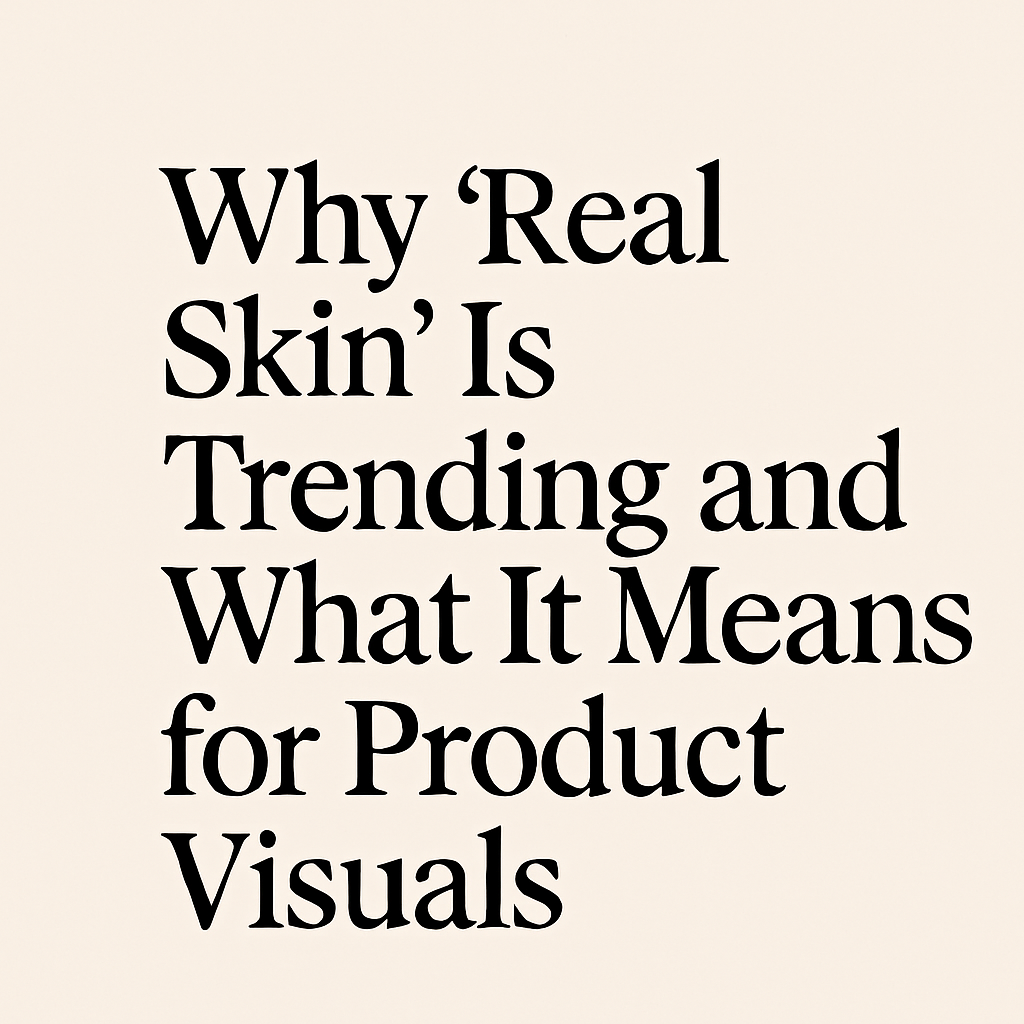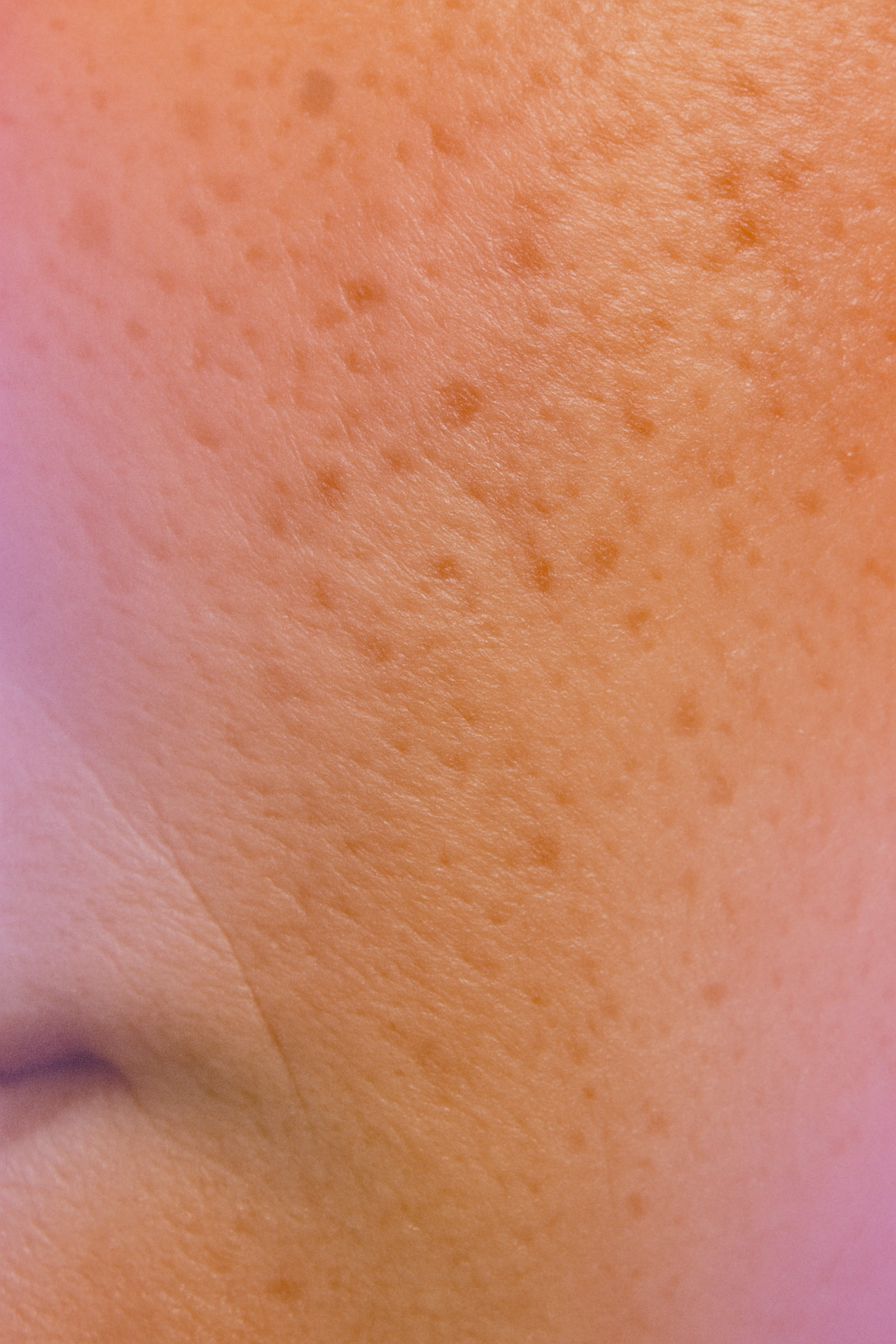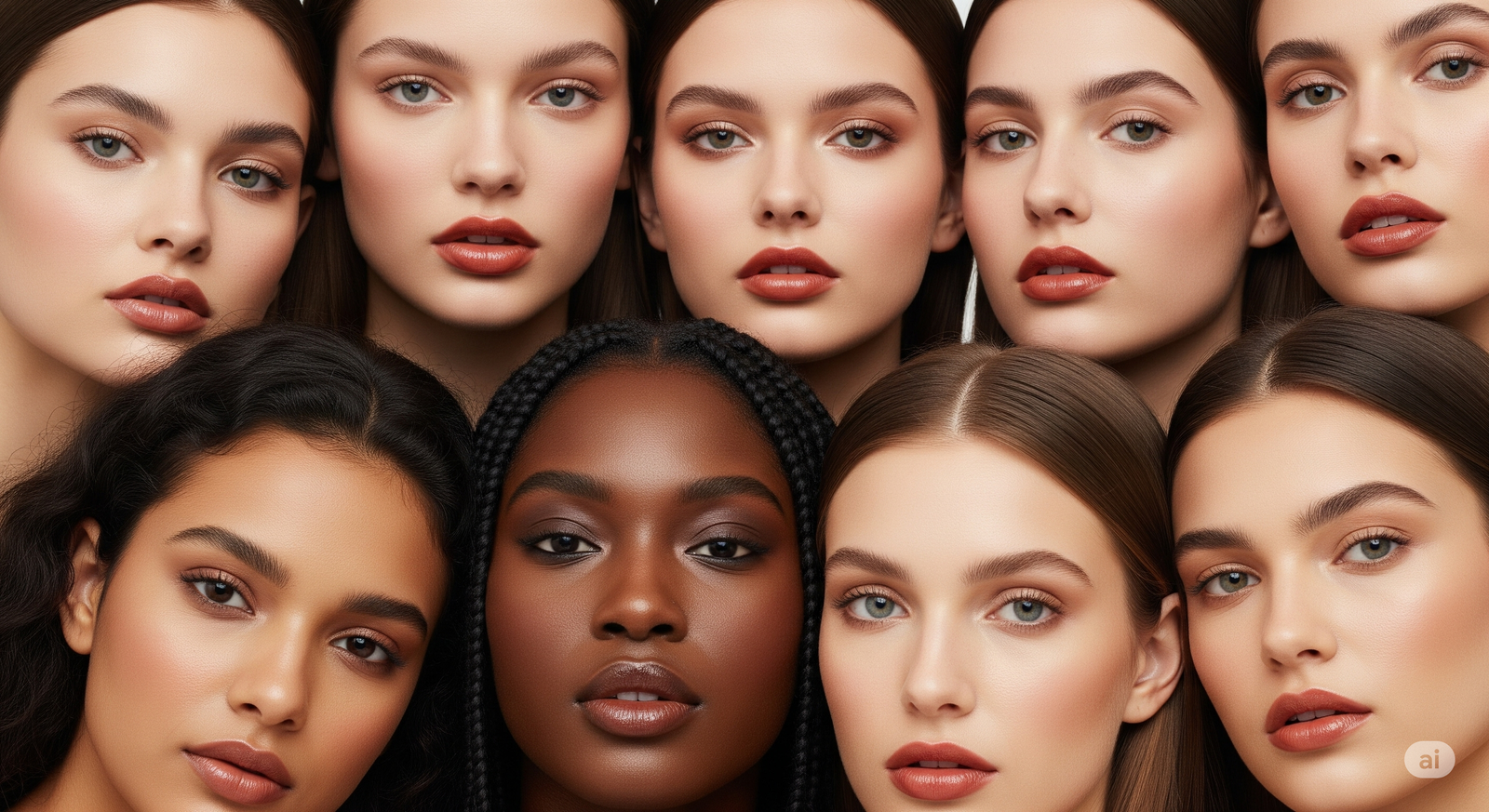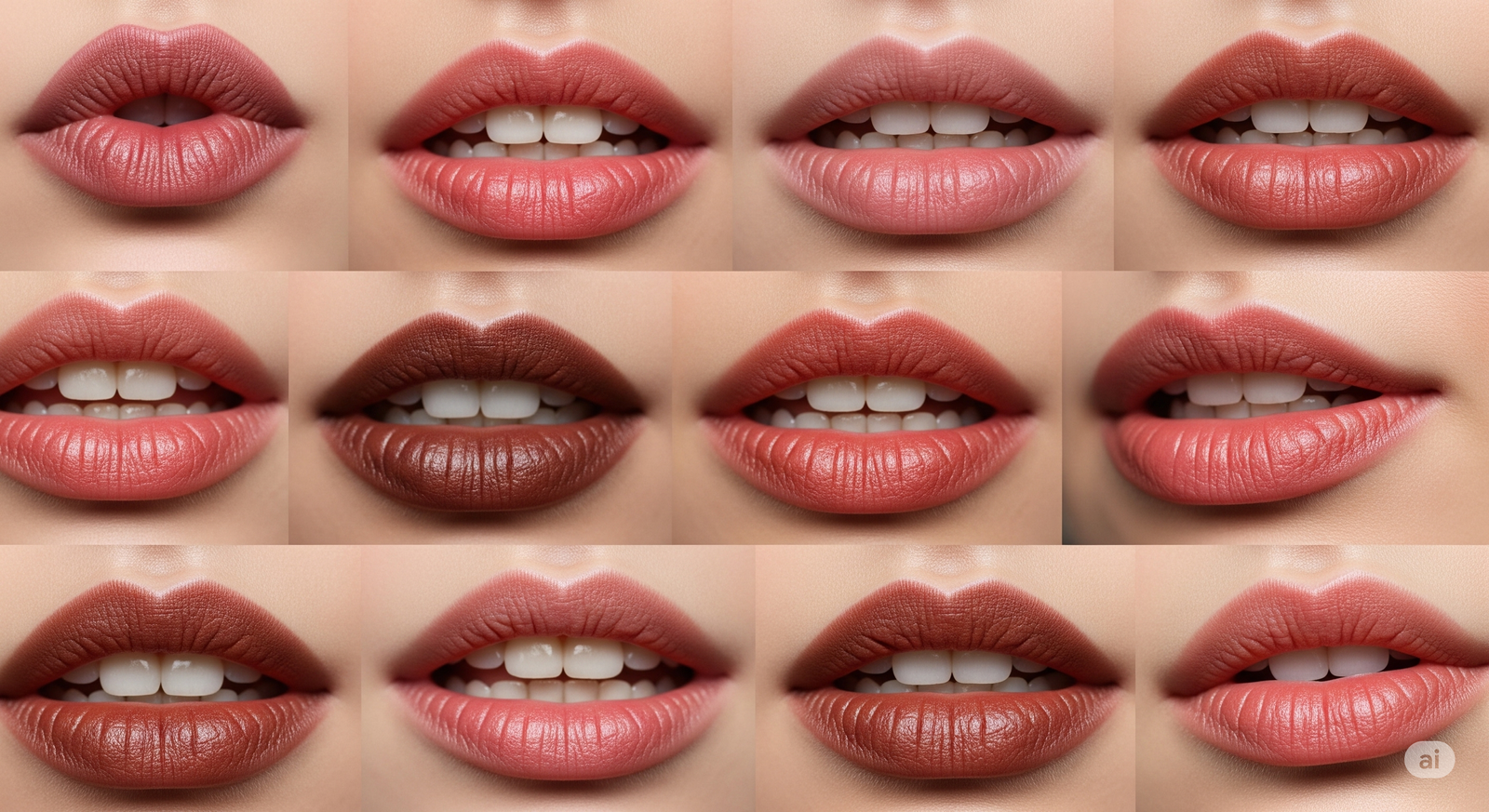Why ‘Real Skin’ Is Trending and What It Means for Product Visuals
Time to ditch the filters, embrace the pores!
13 Jun'25
By Yugadya Dubey


Why ‘Real Skin’ Is Trending and What It Means for Product Visuals
Picture this: You’re scrolling Instagram or TikTok and—wait—no filters, no airbrushing, just unapologetic skin in high-res close-ups. Pores? Yes. Texture? Definitely. That’s the real skin texture trend—urgently real, deeply human, and wildly authentic.
Goodbye to Filters

Filters vs. Real Skin
Gen Z is waving goodbye to perfection. AR filters once ruled: smoothing, brightening, erasing every speck of “realness.” But today, their allure feels stale. In fact, filter-heavy posts perform 21% worse in views and 45% fewer comments than unfiltered ones. People are exhausted from glossy façades and saturated “perfect” feeds. They’re craving honesty.
Welcome to the era of “radical honesty” — a cultural moment where Gen Z demands brands show flaws, talk truth, and drop the fantasy. Vogue Business calls it a new approach: “transparency and unfiltered communication are becoming key strategies to build consumer trust.”
Texture = Authenticity

Close up of a patch of Skin showing freckles.
Your skin is your story. Each freckle, pore, and line is a real chapter. TikTok creators like @beautybynaa and @yazmooremakeup are proclaiming that makeup doesn’t erase skin texture—it amplifies reality. These videos often rack up millions of views because we all resonate: yes, your skin looks like that!
In short: beauty isn’t flawless—it’s tactile, it’s nuanced, it’s real.
Model vs. Real Consumer Visuals
Let’s rewind to the early 2000s: glossy magazines, sculpted models, pixel-perfect photos. Dove’s 2004 “Campaign for Real Beauty” was groundbreaking—using diverse, unretouched women—but it still triggered backlash when retouchers admitted they smoothed the images.
Fast-forward to now. Brands are turning to user-generated content (UGC): real customers, living in their kitchens or beds, filming tutorials, sharing honest experiences.
UGC is powerful—92% of shoppers read reviews before purchasing, and 35% of Gen Z trust real customers more than celebrities.
TikTok’s “de-influencers” even urge people not to buy hyped products—prioritising truth over sales. That’s the new standard: authenticity is more viral than glam.
Before/After Truths
Let’s get candid about the before and after. No longer just smooth gradient wipes and glossy transitions. Now it’s raw: unfiltered before shot, product application close-up, after shot in natural light and bad angles. It’s gritty, real, and infinitely more relatable.
Amanda Seyfried famously shared a makeup-free clip where she revealed her eczema and talked openly about it. Fans praised her for that honesty.
Real skin = real stories = real engagement.
Gen Z’s Playbook
Gen Z isn’t just reshaping visuals—they’re demanding deeper transparency:
- Ingredient honesty – 61% want clean labels and clear formulations.
- Sustainable & inclusive values – ~70% prefer brands that align with their beliefs.
- Raw storytelling – brands like ILIA refrain from retouching campaign images; consumers notice.
Gen Z controls 35% of the online beauty market—about $450 billion in spending power—so getting real isn't just trending, it’s essential.
What It Means for Product Visuals
If your visuals are still dialling Photoshop to 200%, you’re behind the curve.
Here’s what needs to evolve:
- Show pores, freckles, skin redness — not as flaws, but as features.
- Before/after in real settings— natural light, no retouching.
- Feature real users—leveraging UGC is gold.
- Tell honest stories—“Yes, this product calmed my redness over two weeks,” not “WONDER SKIN IN 3 DAYS.”
- Use employee/creator realism—channels like Fenty use employee-generated content to showcase process and personality.
The Skin-Realism Solution
Here’s where Admigos enters the frame. In animation and media, Admigos prioritises skin realism by weaving subtle texture into 3D skin surfaces—pore definition, micro-variation, natural sheen.
The effect? Characters look human, not plastic.
That realism extends to product placement, ad integrations, and even educational skin animations. Brands partnering with Admigos get digital visuals that feel tangible, boosting trust, relatability, and conversion.
Wrap-Up: Texture Is Trust
The takeaway: texture is trust.
In today’s beauty landscape, gloss and glow aren’t enough—they’re almost suspicious. Realness is the gold standard. Whether through organic visuals or hyper-real animation, showing skin texture builds authenticity, trust, and community.
When your visuals mirror real skin, your audience sees themselves and stays loyal.
— By Yugadya Dubey
Natural Makeup Lips That Pop: Tinted Balm Tricks & Filters
Subtle Meets Cinematic: Soft Lips, Smart Visuals

Lip Closeup Beauty Reel Trend: Texture and Visual ASMR
Discover the viral rise of lip close-up reels—where texture, gloss, and visual ASMR turn lipstick into high-def art and every swipe tells a sensory story.
